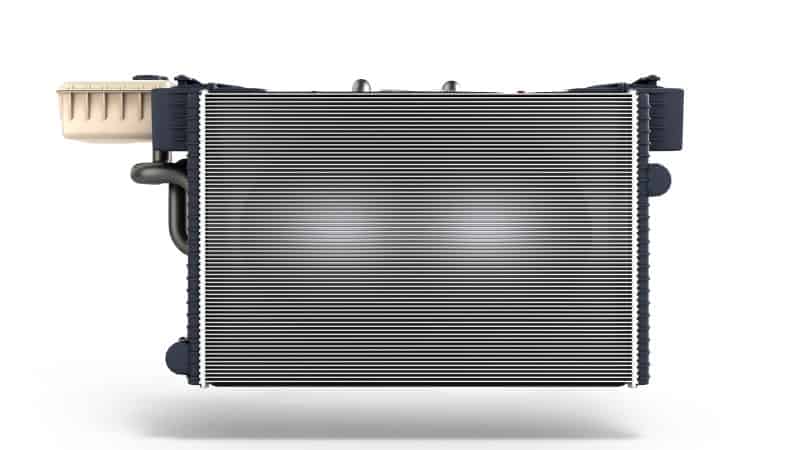Information about automotive radiators
2023-10-18
An automotive radiator is a crucial component of a vehicle's cooling system. It is responsible for dissipating heat generated by the engine and maintaining the engine's operating temperature within a safe range. Here's some important information about automotive radiators:
Function: The primary function of an automotive radiator is to transfer heat from the engine coolant to the outside air. As the coolant circulates through the engine, it absorbs heat and becomes hot. It then flows through the radiator, where it releases heat to the surrounding air, cooling down before returning to the engine.
Construction: Automotive radiators are typically constructed using aluminum or a combination of aluminum and plastic. Aluminum is preferred for its excellent heat conductivity and lightweight properties. The radiator consists of a series of small tubes or channels, called the core, which are connected to the engine via hoses. The core is surrounded by a network of fins that increase the surface area for efficient heat dissipation. The radiator also has tanks on top and bottom that hold the coolant and facilitate the flow of coolant through the core.
Cooling Efficiency: The design of an automotive radiator is crucial for efficient cooling. Factors such as the size and configuration of the tubes, the density of the fins, and the overall dimensions of the radiator play a role in its cooling efficiency. A well-designed radiator ensures proper airflow and effective heat transfer, preventing engine overheating.
Maintenance and Care: Regular maintenance of the radiator is important to keep it in optimal condition. This includes checking for leaks, inspecting the fins for damage or blockages, and ensuring proper coolant levels. Over time, radiators can develop leaks or become clogged with debris, hindering their cooling performance. In such cases, repairs or radiator replacement may be necessary.
Compatibility: Automotive radiators are specific to each vehicle make, model, and engine size. When replacing a radiator, it is crucial to ensure compatibility with your vehicle. This includes considering factors such as the radiator's dimensions, inlet and outlet positions, and mounting points. It is recommended to consult the vehicle's manual or seek guidance from a professional mechanic to ensure the correct radiator is selected.
Quality and Warranty: When purchasing a new radiator, it is advisable to source it from reputable automotive parts suppliers or authorized dealers. This helps ensure the quality and reliability of the radiator. It is also important to check for warranty coverage to protect against manufacturing defects.
Proper maintenance of the cooling system, including regular radiator inspections and coolant flushes, helps maximize the lifespan and performance of the radiator. If you notice any signs of radiator damage or cooling system issues, it is recommended to consult a qualified mechanic for diagnosis and repair.



